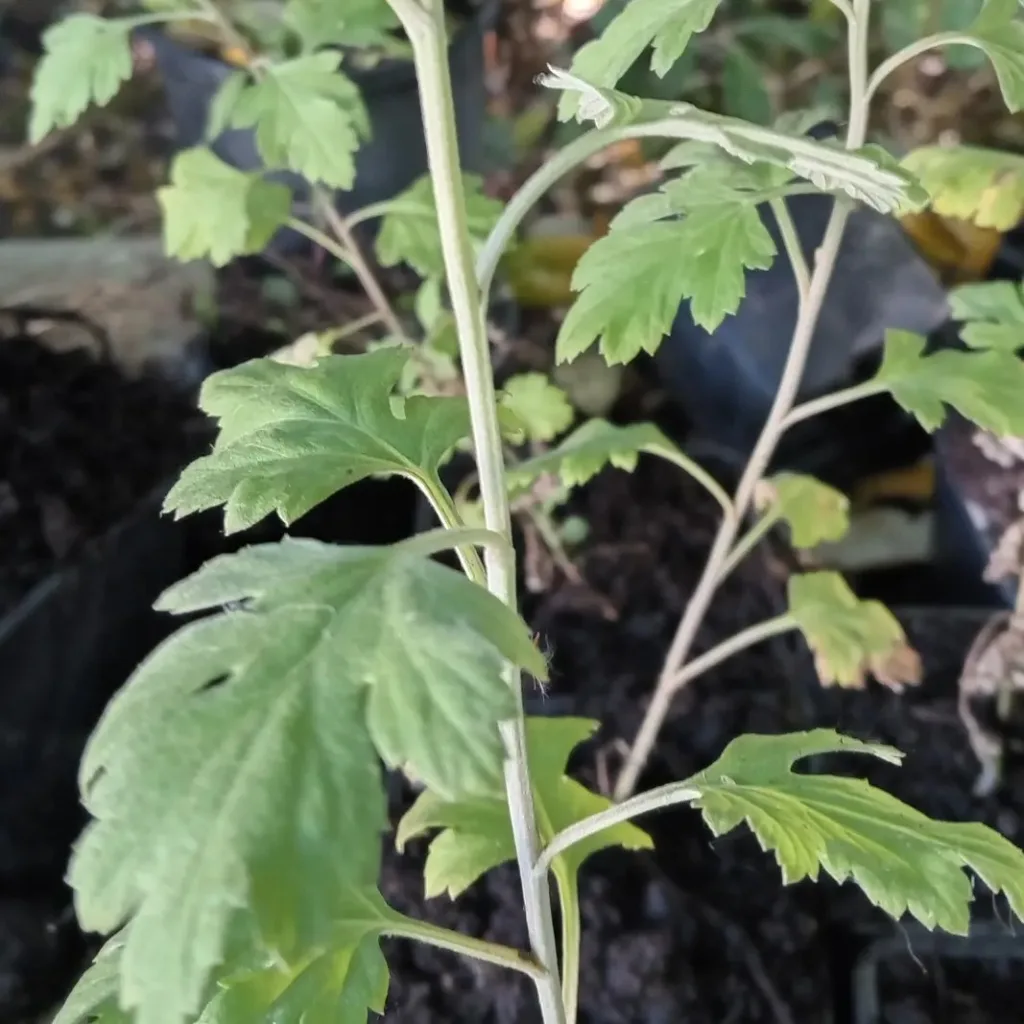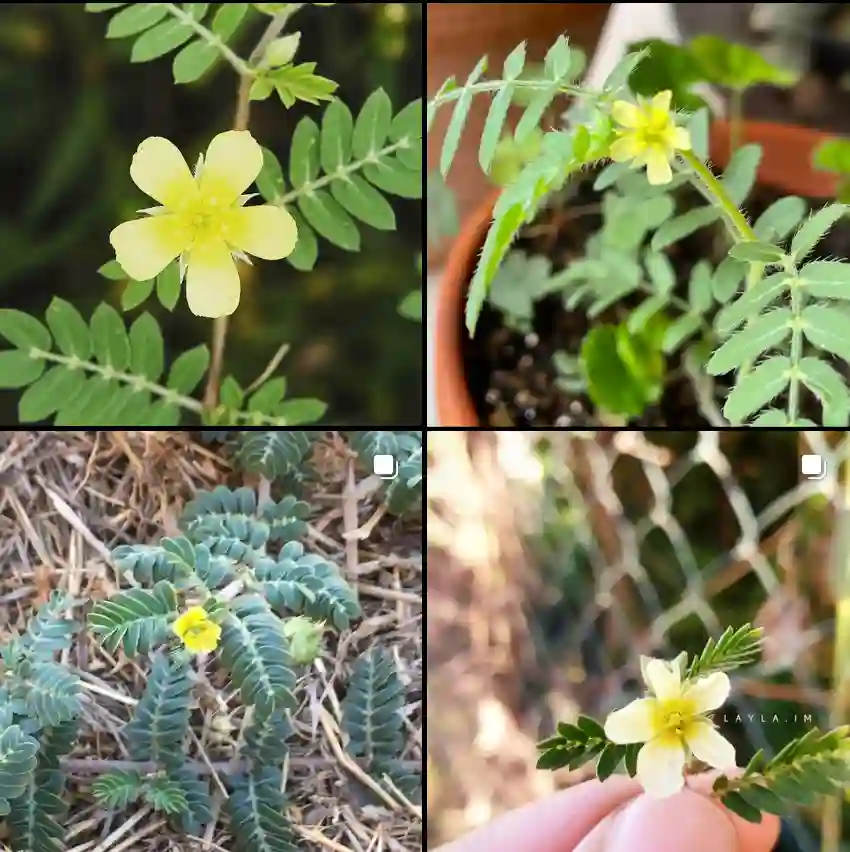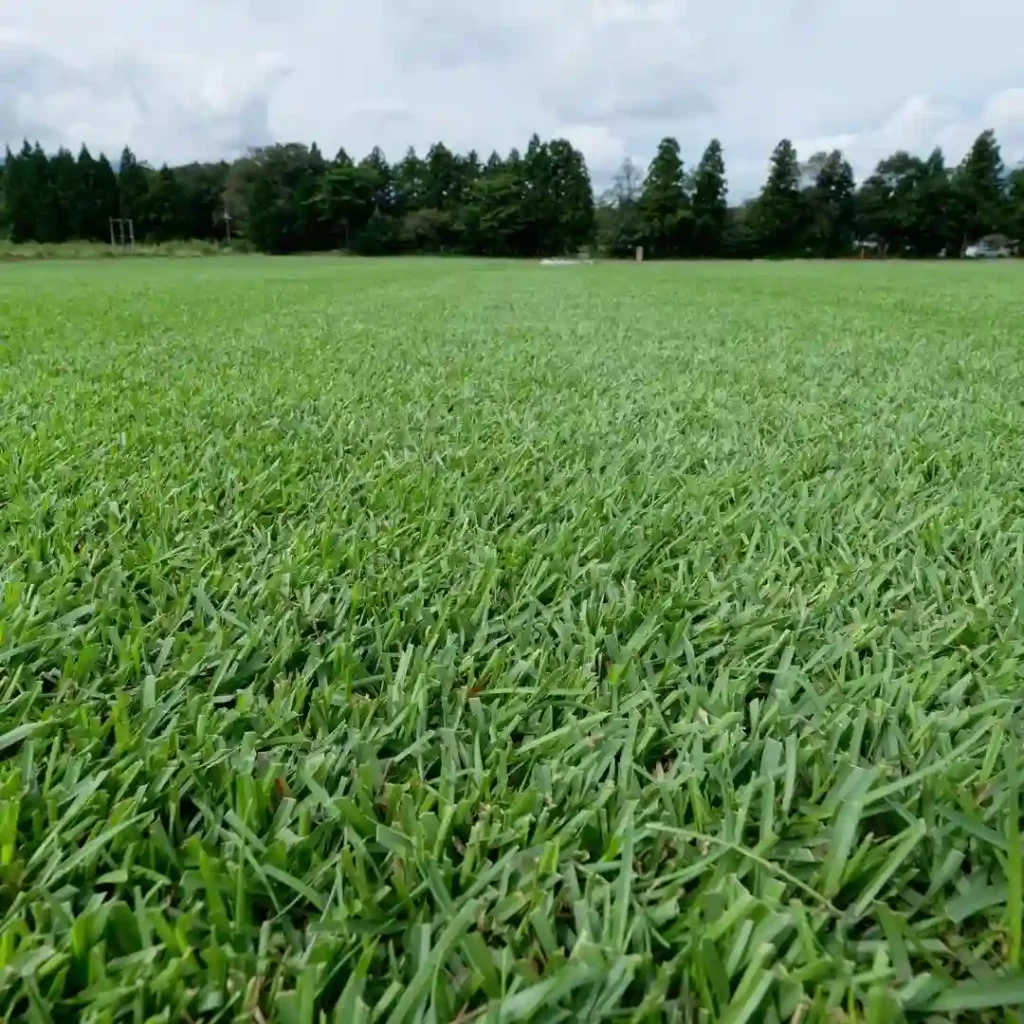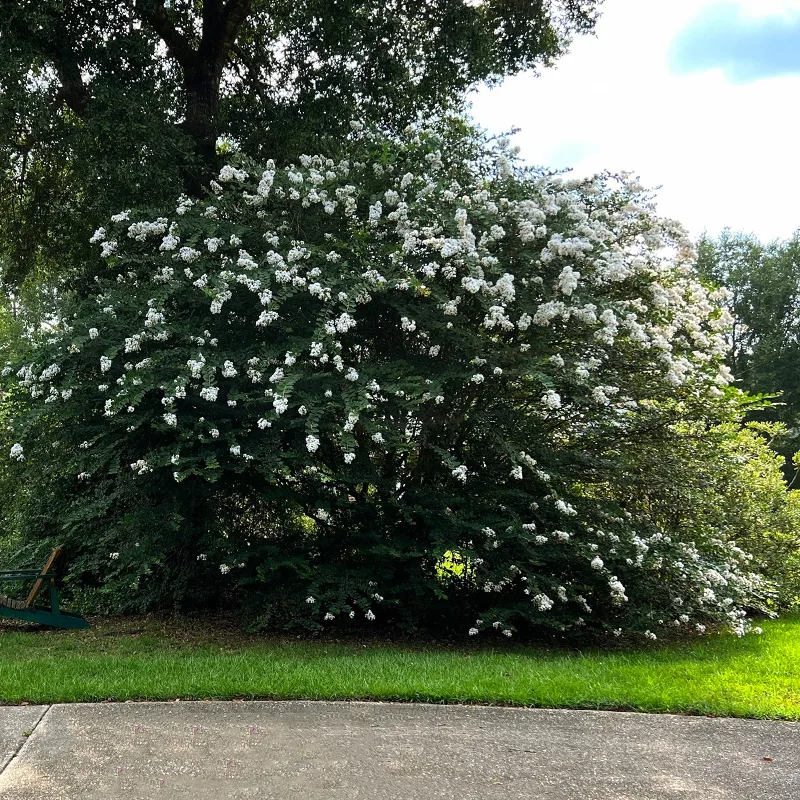FAQs About Muehlenbeckia Axillaris: Everything You Need to Know
If you’re considering adding Muehlenbeckia Axillaris, commonly known as Creeping Wire Vine, to your garden or indoor plant collection, you might have a few questions. As someone who has explored various aspects of this unique plant, I’m here to address some common FAQs and provide insights based on my own experiences.
What is Muehlenbeckia Axillaris?
Muehlenbeckia Axillaris is a charming ground cover plant known for its delicate, wiry stems and small, rounded leaves. It’s often used to create lush, green carpets in gardens, hanging baskets, or as a filler in mixed containers. This plant is native to New Zealand and thrives in well-drained soils with plenty of light.
How to Care for Muehlenbeckia Axillaris?
Caring for Muehlenbeckia Axillaris is relatively straightforward. It prefers bright, indirect light, making it suitable for both outdoor and indoor settings. The soil should be well-draining to prevent root rot, and it’s best to water it regularly but avoid overwatering. This plant is relatively low-maintenance and can tolerate a range of soil conditions, though it thrives in slightly acidic to neutral pH levels.
How to Propagate Muehlenbeckia Axillaris?
Propagation of Muehlenbeckia Axillaris is best done through cuttings. Simply take a 4-6 inch cutting from a healthy plant, remove the lower leaves, and place the cutting in a pot with well-draining soil. Keep the soil moist and place the pot in a bright location. In a few weeks, you should see new growth, indicating successful rooting.
What to Plant with Creeping Wire Vine Muehlenbeckia Axillaris?
Muehlenbeckia Axillaris pairs beautifully with various plants due to its versatile and attractive foliage. For a stunning ground cover combination, consider planting it with low-growing perennials like Creeping Jenny or Sedum. It also complements ornamental grasses and shade-loving plants like Hostas. If you’re creating a hanging basket, it looks great with trailing varieties such as Petunias or Lobelias.
Can You Grow Muehlenbeckia Axillaris Indoors?
Yes, Muehlenbeckia Axillaris can be grown indoors, making it an excellent choice for adding a touch of greenery to your home. It thrives in bright, indirect light and can adapt to indoor conditions with proper care. Ensure it has adequate drainage and avoid placing it in areas with direct, harsh sunlight that might scorch its delicate leaves.
Is Muehlenbeckia Axillaris Toxic?
One of the great advantages of Muehlenbeckia Axillaris is that it is non-toxic to humans and pets. This makes it a safe choice for households with children or animals who might be prone to chewing on plants.
Benefits of Muehlenbeckia Axillaris
The benefits of Muehlenbeckia Axillaris extend beyond its aesthetic appeal. It serves as an effective ground cover, helping to suppress weeds and prevent soil erosion. Its dense growth also makes it an excellent plant for adding texture and greenery to various garden designs. Moreover, its low-maintenance nature makes it a favorite among busy gardeners.
Common Problems with Muehlenbeckia Axillaris
While Muehlenbeckia Axillaris is generally hardy, it can face some common issues. Overwatering is a primary concern, leading to root rot and mold problems. Additionally, if grown indoors, it might be susceptible to spider mites or mealybugs, so regular inspection and maintenance are crucial.
Muehlenbeckia Axillaris vs. Complexa
When comparing Muehlenbeckia Axillaris to Muehlenbeckia Complexa, the primary difference lies in their growth habits. Muehlenbeckia Axillaris is a more delicate, creeping ground cover, while Muehlenbeckia Complexa, or “Tangled Wire Vine,” has a more vigorous and tangled growth pattern. Axillaris is better suited for ground cover and containers, whereas Complexa can be more aggressive and may require more frequent trimming.
Muehlenbeckia Axillaris vs. Axillaris Nana
Muehlenbeckia Axillaris and Axillaris Nana are two variations of the same species, but Axillaris Nana is a dwarf variety. This means it has a more compact growth habit, making it ideal for smaller spaces or containers where a less vigorous plant is desired. Both varieties share similar care requirements, but Axillaris Nana may require slightly less pruning and maintenance due to its smaller size.
Muehlenbeckia Axillaris vs. Mitchella Repens
Muehlenbeckia Axillaris and Mitchella Repens (often known as Partridgeberry) are both popular ground covers, but they differ significantly. Mitchella Repens is known for its small, red berries and glossy leaves, thriving in shade and moist, well-drained soil. In contrast, Muehlenbeckia Axillaris is more tolerant of varying light conditions and has a more wiry, less dense growth. If you’re choosing between the two, consider the specific light and moisture conditions of your planting area.
By understanding these aspects of Muehlenbeckia Axillaris, you can make informed decisions about how to incorporate it into your garden or indoor space. Whether you’re pairing it with other plants, managing its growth, or simply enjoying its beauty, this plant can be a versatile and rewarding addition to your collection.




